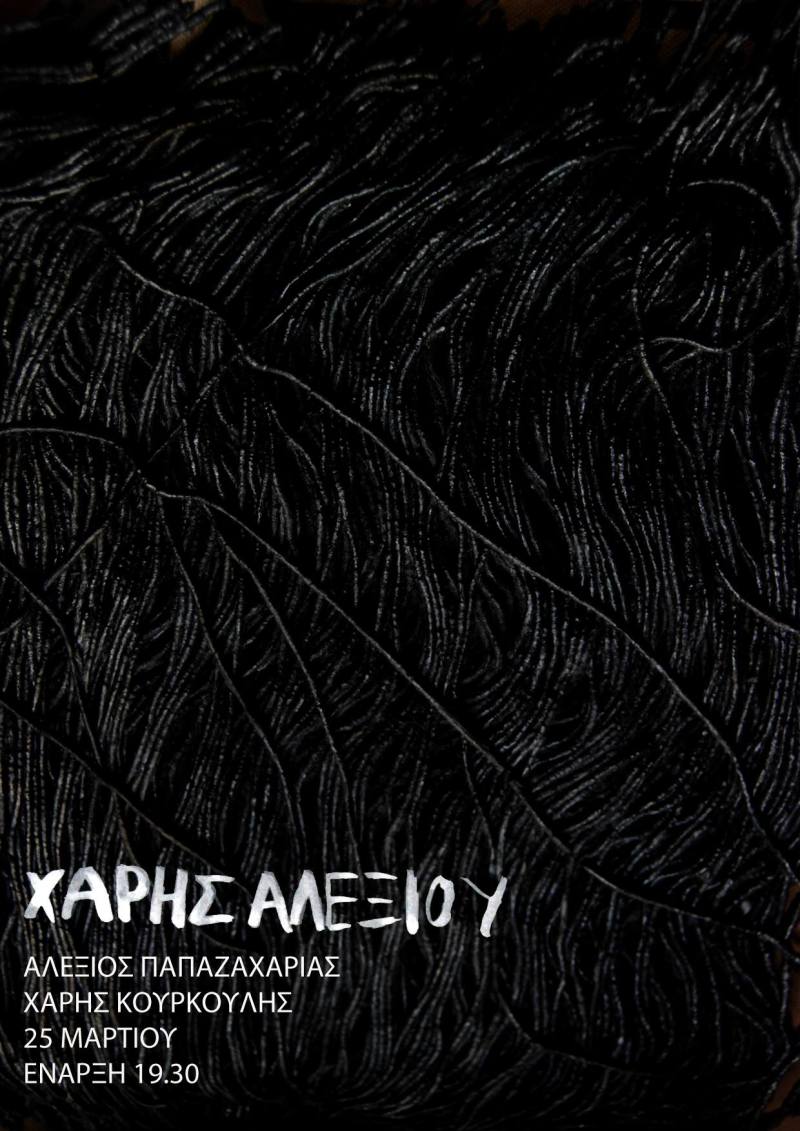
F (named ef[1] /ˈɛf/)[2] is the sixth letter in the modern English alphabet and the ISO basic Latin alphabet. The origin of ‘F’ is the Semitic letter vâv (or waw) that represented a sound like /v/ or /w/. Graphically it originally probably depicted either as a hook or a club. It may have been based on a comparable Egyptian hieroglyph such as that which represented the word mace (transliterated as ḥ(dj)):
T3 The Phoenician form of the letter was adopted into Greek as a vowel, upsilon (which resembled its descendant ‘Y’ but was also the ancestor of the Roman letters ‘U’, ‘V’, and ‘W’); and, with another form, as a consonant, digamma, which indicated the pronunciation /w/, as in Phoenician. Latin ‘F,’ despite being pronounced differently, is ultimately descended from digamma and closely resembles it in form.
After sound changes eliminated /w/ from spoken Greek, digamma was used only as a numeral. However, the Greek alphabet also gave rise to other alphabets, and some of these retained letters descended from digamma. In the Etruscan alphabet, ‘F’ probably represented /w/, as in Greek, and the Etruscans formed the digraph ‘FH’ to represent /f/. (At the time these letters were borrowed, there was no Greek letter that represented /f/: the Greek letter phi ‘Φ’ then represented an aspirated voiceless bilabial plosive /pʰ/, although in Modern Greek it has come to represent /f/.) When the Romans adopted the alphabet, they used ‘V’ (from Greek upsilon) not only for the vowel /u/, but also for the corresponding semivowel /w/, leaving ‘F’ available for /f/. And so out of the various vav variants in the Mediterranean world, the letter F entered the Roman alphabet attached to a sound which its antecedents in Greek and Etruscan did not have. The Roman alphabet forms the basis of the alphabet used today for English and many other languages.
The lowercase ‘ f ‘ is not related to the visually similar long s, ‘ ſ ‘ (or medial s). The use of the long s largely died out by the beginning of the 19th century, mostly to prevent confusion with ‘ f ‘ when using a short mid-bar (see more at: S). Use in writing systems[edit] English[edit] In the English writing system ⟨f⟩ is used to represent the sound /f/, the voiceless labiodental fricative. It is commonly doubled at the end of words. Exceptionally, it represents the voiced labiodental fricative /v/ in the common word “of”.
Other languages[edit] In the writing systems of other languages, ⟨f⟩ commonly represents /f/, [ɸ] or /v/.
In French orthography, ⟨f⟩ is used to represent /f/. It may also be silent at the end of words. In Spanish orthography, ⟨f⟩ is used to represent /f/. In standard speech this is realized as [f] but a common nonstandard pronunciation is [ɸ]. It may merge with /x/ before /w/ in some dialects. See Spanish phonology.
In the Hepburn romanization of Japanese, ⟨f⟩ is used to represent [ɸ]. This sound is usually considered to be an allophone of /h/, which is pronounced in different ways depending upon its context; Japanese /h/ is pronounced as [ɸ] before /u/.
In Welsh orthography, ⟨f⟩ represents /v/ while ⟨ff⟩ represents /f/. In Slavic languages, ⟨f⟩ is used primarily in words of foreign (Greek, Latin, or Germanic) origin. Other systems[edit] The International Phonetic Alphabet uses ⟨f⟩ to represent the voiceless labiodental fricative.
Other uses[edit] In English-language online slang, “F” (with the pronunciation spelling eff) is used as an initialism for fuck. (e.g. F U, meaning fuck you). The F-word refers to the word fuck itself.
In school grading “F” stands for Fail. Related characters[edit] Ancestors, descendants and siblings[edit]
F with diacritics: Ƒ ƒ Ḟ ḟ
𐤅: Semitic letter Waw, from which the following symbols originally derive
Ϝ ϝ : Greek letter Digamma, from which F derives
𐌅 : Old Italic V/F (originally used for V, in languages such as Etruscan and Oscan), which derives from Greek Digamma, and is the ancestor of modern Latin F
Y y : Latin letter Y, sharing its roots with F
V v : Latin letter V, also sharing its roots with F
U u : Latin letter U, which is descended from V
W w : Latin letter W, also descended from V Ligatures and abbreviations[edit] ₣ : French franc, Latin capital letter F with stroke
℉ : degree Fahrenheit

“Το φι (κεφαλαίο Φ, πεζό φ ή ϕ) είναι το εικοστό πρώτο γράμμα του Ελληνικού αλφαβήτου. Στη νέα ελληνική αναπαριστά τον φθόγγο [ϕ] (βλ. ΔΦΑ), π.χ. φωνή.
Στο ελληνικό σύστημα αρίθμησης έχει αριθμητική αξία φ´=500.
Στο λατινικό αλφάβητο μεταγράφεται ως ph ή f.
To πεζό φ συμβολίζει:
- τη συνάρτηση Euler.
- τη χρυσή τομή φ = 1,618 στα μαθηματικά και την τέχνη.
- γενικά γωνίες στα μαθηματικά και στην φυσική.
- τη μία μεταβλητή στις σφαιρικές συντεταγμένες.
- τη φάση ενός κύματος.
- γενικά ως σύμβολο (εναλλακτικό του “f”) συναρτήσεων.
Το κεφαλαίο Φ συμβολίζει:
- τη μαγνητική ροή στη φυσική.
Το γράμμα F είναι γράμμα του Λατινικού αλφαβήτου, που προέρχεται από το ελληνικό γράμμα Ϝ.
Το γράμμα F συμβολιζει:
- Το χημικό στοιχείο Φθόριο (F)
- Την δύναμη, στη φυσική (F)
- Το Φαράντ, τη μονάδα μέτρησης χωρητικότητας
- Συντομογραφία του αμινοξέως Φαινυλαλανίνη
- Στη μουσική, τη νότα ΦΑ στην αγγλική σημειογραφία (F).
Το γράμμα f συμβολιζει:
- Τη συχνότητα, στην φυσική (f)
- Στη μουσική σημειογραφία το forte (δυνατά)”
από τη Wikipedia